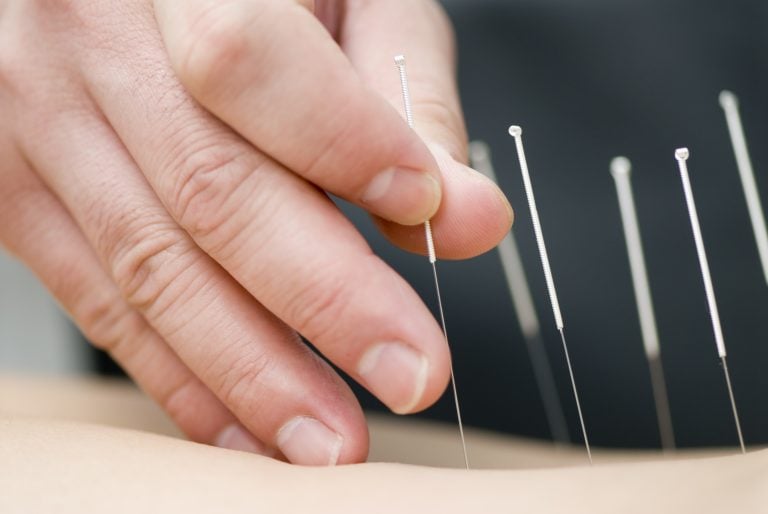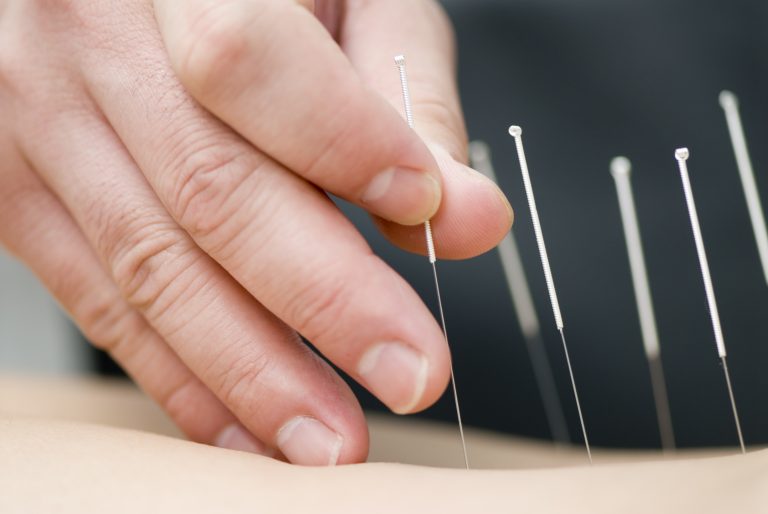Needling Out the Kinks: How Dry Needling Can Help Ease IT Band Syndrome Symptoms

Needling Out the Kinks: How Dry Needling Can Help Ease IT Band Syndrome Symptoms
IT band syndrome is a common overuse injury that affects the iliotibial band, a thick band of fibrous tissue that runs down the outer thigh from the hip to the shin. Symptoms of IT band syndrome include pain on the outer knee, tightness in the outer thigh, and discomfort during activities such as running, cycling or even climbing stairs. Traditional treatment for IT band syndrome includes rest, physical therapy, and stretching, however, recent studies have shown that dry needling can also be an effective treatment option.

Table of Contents
What is IT Band Syndrome?
IT band syndrome, also known as iliotibial band syndrome, is a common overuse injury that affects the iliotibial band, a thick band of fibrous tissue that runs down the outer thigh from the hip to the shin. The iliotibial band helps to stabilize the knee joint and is an important structure for activities such as running, cycling, and even climbing stairs.
Symptoms of IT band syndrome include pain on the outer knee, tightness in the outer thigh, and discomfort during activities such as running, cycling or even climbing stairs. The pain may be dull or sharp and is typically worse after prolonged activity or when the knee is bent. The pain can also be felt at the hip or knee.
What is Dry Needling?
Dry needling is a form of physical therapy that involves the insertion of thin acupuncture needles into the skin at specific points on the body. These points, also known as trigger points, are areas of muscle or connective tissue that have become tight, knotted, or have restricted blood flow. Dry needling is used to release muscle tension, improve circulation, and promote healing. The needles used in dry needling are specifically inserted into the muscle or connective tissue to target the trigger point, providing relief from pain, discomfort, and improved range of motion.
How Does Dry Needling Help Treat IT Band Syndrome?
Dry needling can be an effective treatment option for IT band syndrome as it can help to release muscle tension, improve circulation, and promote healing. The iliotibial band is a thick band of fibrous tissue that runs down the outer thigh from the hip to the shin and is responsible for stabilizing the knee joint. Overuse or improper technique can cause this band to become irritated and inflamed, leading to the development of IT band syndrome. The needles used in dry needling are inserted into the muscles and connective tissue, also called fascia, that are causing the pain and discomfort in the iliotibial band.
The needle insertion stimulates the body's natural healing response, which includes increasing blood flow to the area, releasing tension in the muscle fibers, and promoting the release of pain-relieving chemicals called endorphins. The increased blood flow and release of endorphins help to reduce inflammation and pain, while the release of tension in the muscle fibers helps to improve range of motion and flexibility. In addition, dry needling can also help to improve muscle function, which can help to prevent the recurrence of IT band syndrome symptoms. Overall, dry needling is an effective and safe treatment option for IT band syndrome that can provide both short-term and long-term pain relief and improved function of the affected area.
Conclusion: The Dry Needling Treatment Process
The dry needling treatment process for IT band syndrome typically involves the insertion of thin acupuncture needles into the muscles and connective tissue that are causing the pain and discomfort. The needles are inserted into specific points on the body, and the treatment usually lasts between 30 minutes and an hour. The number of sessions required will vary depending on the individual and the severity of the condition.
In conclusion, dry needling is an effective and safe treatment option for IT band syndrome. It can help to relieve pain, release muscle tension, and promote healing in the iliotibial band and surrounding areas. If you are experiencing symptoms of IT band syndrome, it may be worth discussing dry needling with your healthcare provider as a potential treatment option. Remember, it's important to consult with a licensed healthcare professional to determine the number of sessions that will be required and to make sure that dry needling is appropriate for you. With the right treatment, you can get back to your daily activities and enjoy a pain-free life. If you are looking for more information or want to schedule an appointment with a physiotherapist at Human Integrated Performance who specializes in dry needling, please don't hesitate to contact us. We'll be happy to answer any questions you may have and help you get on the road to recovery.
FAQ
Is dry needling safe?
Dry needling is considered safe when performed by a licensed healthcare professional. It is a form of physical therapy that does not require the injection of any medications.
Is dry needling painful?
Some patients may experience mild discomfort or a small amount of pain during the needle insertion, but overall it is not considered a painful procedure.
Will I need multiple sessions?
The number of sessions required will vary depending on the individual and the severity of the condition. It is best to consult with a healthcare professional to determine the number of sessions that will be required.